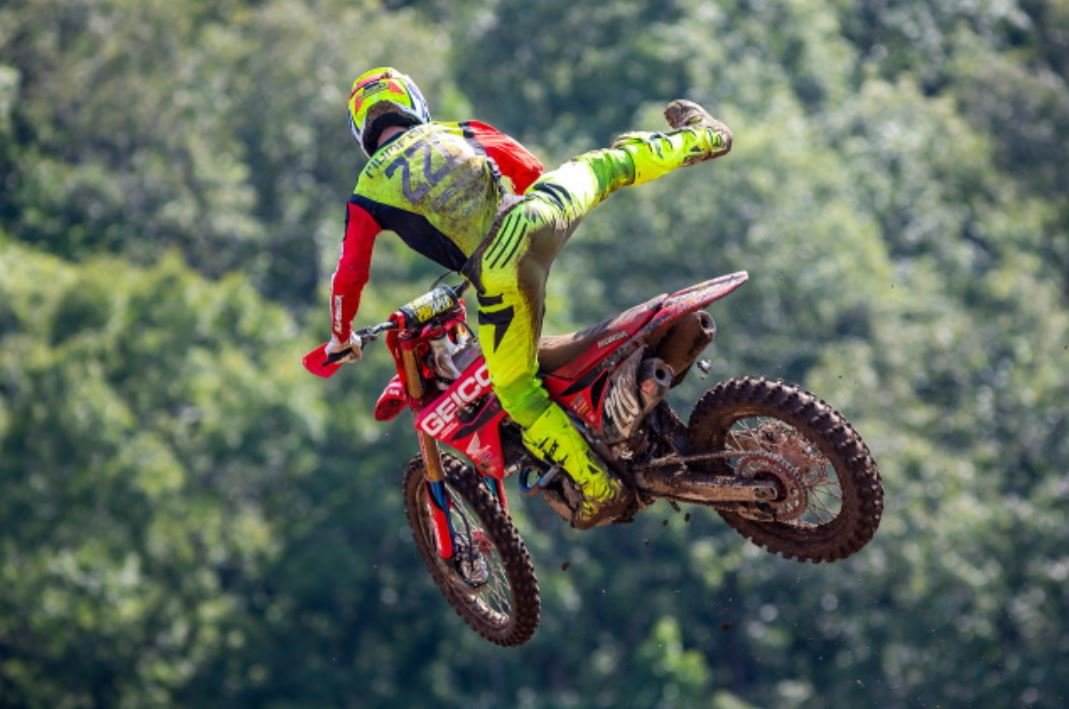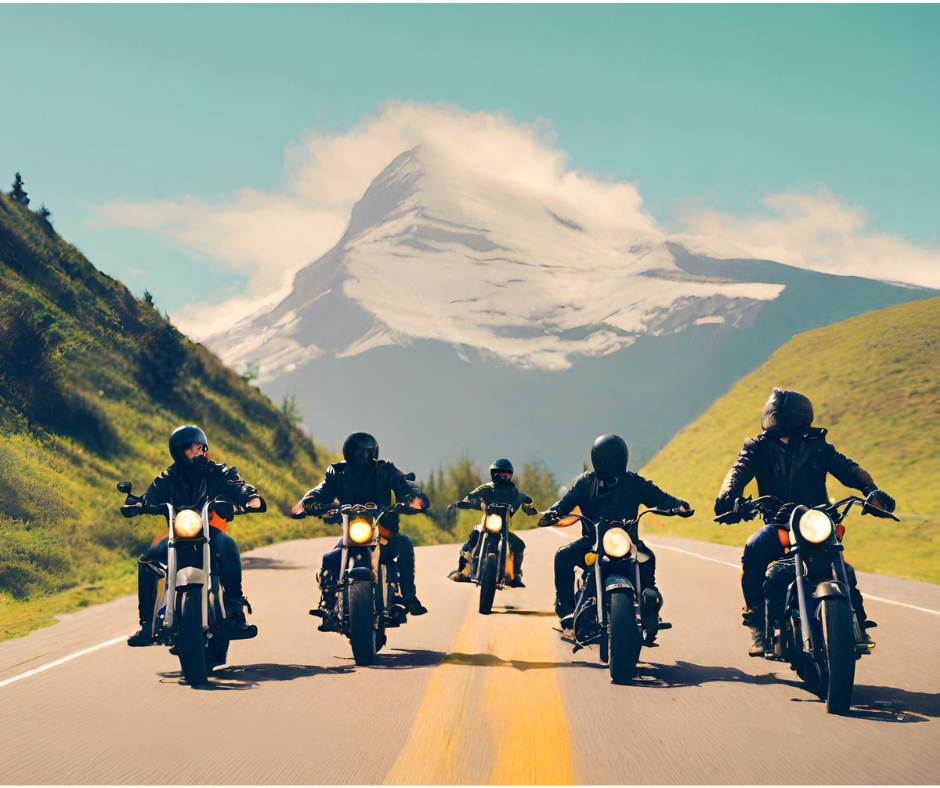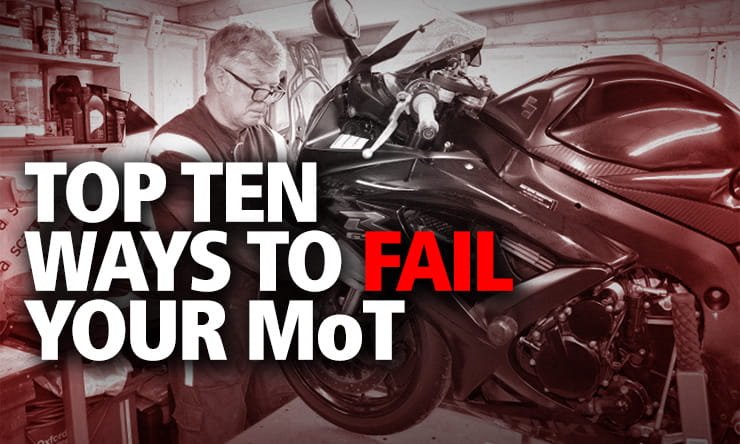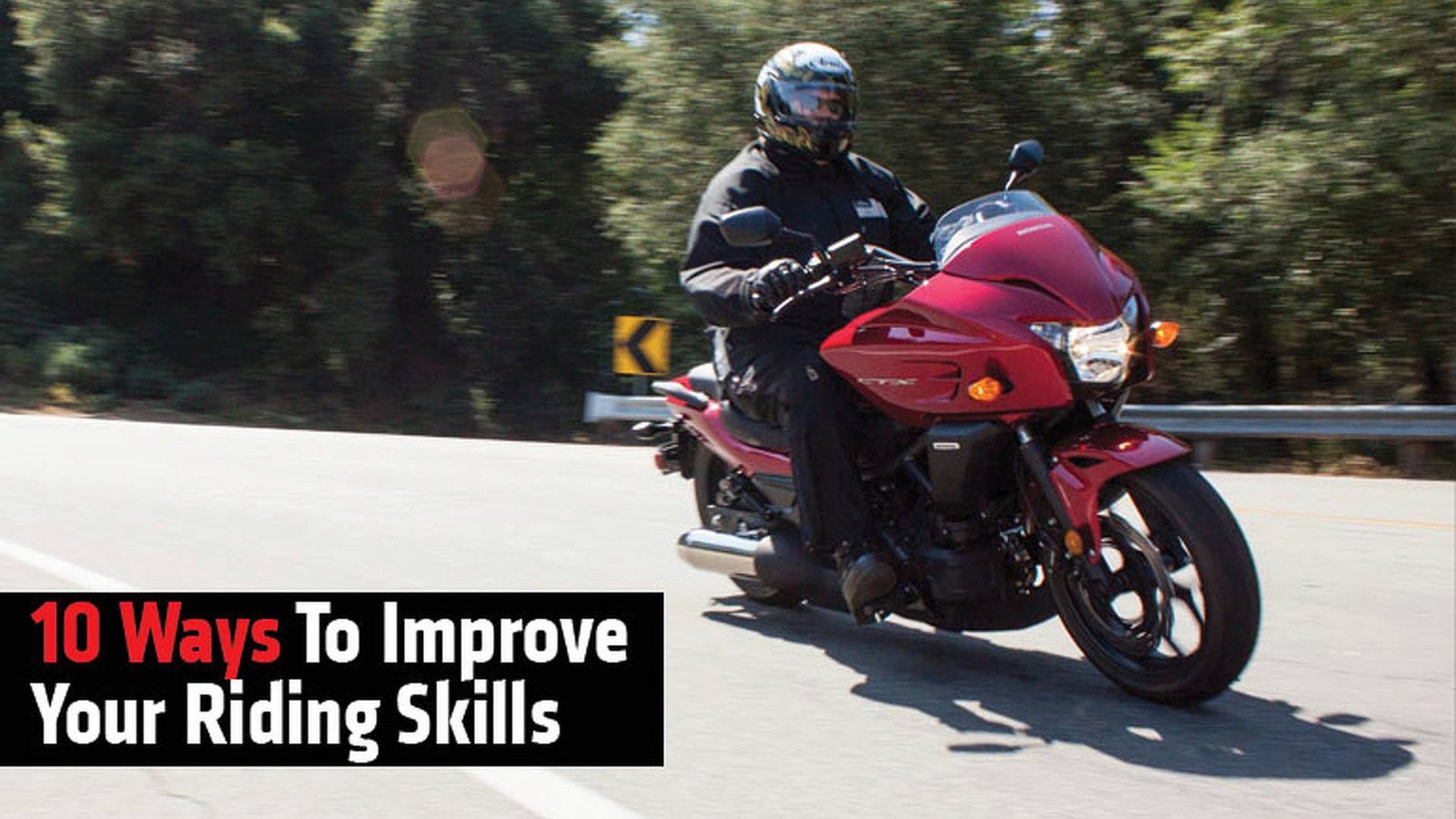To improve balance on a motorcycle, practice regularly in various environments. Strengthen core muscles through exercises like planks and yoga. Maintain optimal body positioning and grip with knees. Anticipate road conditions and stay relaxed. Seek professional instruction for personalized guidance.
Do you know how to improve balance on a motorcycle? Mastering the art of motorcycle balance is essential for both novice and seasoned riders. Balancing not only ensures your safety on the road but also contributes to a more enjoyable and controlled riding experience. Riders should start with basic exercises such as riding in a straight line at slow speeds to better understand the bike’s weight distribution.
Building a strong core and engaging in activities like yoga can improve bodily control and, consequently, balance. It’s important to keep your eyes up and look where you want to go, as this naturally directs balance.
Correct riding posture, with a relaxed grip and even weight distribution on the pegs, plays a significant role too. Regular riding practice, especially in varying conditions, will gradually boost your confidence and your balancing skills.
Table of Contents
Basics of Improving Motorcycle Balance
Balancing on a motorcycle is like dancing with gravity. It requires precision, control, and a harmony of movements. Below are essential steps to enhance balance on two wheels.
Starting With The Right Stance
A correct stance is the foundation of balance. Place both feet firmly on the footpegs. Keep knees slightly bent. This absorbs shocks better. Align your spine with the bike’s frame. Hold handlebars lightly but firmly. Ensure elbows are slightly bent. This stance reduces fatigue and improves control.
- Feet flat and secure on footpegs
- Knees bent for shock absorption
- Back straight, aligned with bike
- Elbows relaxed, yet ready for action
- Head up, eyes forward, scanning the road
Core Strength And Stability
Strong core muscles aid balance significantly. These muscles stabilize the rider on the motorcycle. They also help make tighter turns and quick maneuvers. Improve your core with exercises off the bike. Planks, crunches, and yoga improve core strength. Try including these exercises in your routine.
| Exercise | Frequency | Benefits |
|---|---|---|
| Planks | 3-4 times a week | Build endurance in abdominal muscles |
| Crunches | 3-4 times a week | Strengthen the abs and oblique muscles |
| Yoga | 2-3 times a week | Enhances overall balance and flexibility |
Remember, balance is not just a physical skill. It’s a fine interplay of focus, control, and anticipation. Practice these basics regularly to see a drastic improvement in your motorcycle riding skills.

Credit: www.motosport.com
Technical Skills For Better Balance
Achieving the art of balance can transform your motorcycle riding experience. Strong technical skills ensure every ride is smooth and safe. Below, explore techniques to keep upright and in command.
Throttle And Brake Coordination
To maintain poise on a motorcycle, fine-tune your use of throttle and brakes. Harmony between acceleration and deceleration makes a difference. Begin with these steps:
- Start slow. Practice at low speeds to build muscle memory.
- Be gentle. Apply throttle and brakes smoothly for steadiness.
- Stay consistent. Consistent pressure avoids jerks and maintains balance.
Grip the throttle lightly but with control. Use both brakes to stop with stability.
The Role Of Vision In Maintaining Equilibrium
What you see while riding affects balance. Eyes guide and stabilize your ride. Follow these tips:
- Look ahead. Focus on where you want to go, not right in front of you.
- Keep your head up. This aligns your body for better balance.
- Avoid sudden movements. Rapid head turns can disrupt equilibrium.
Practice these techniques in a safe, controlled area to improve steadily.
Practice Drills For Enhancing Balance
Becoming proficient in balance on a motorcycle is key to a safe and enjoyable ride. Balancing a two-wheeled machine might seem daunting, but like any skill, it improves with practice. Smart practice drills help you become one with your bike. Let’s dive into techniques that can amplify your balancing abilities.
Slow Riding Techniques
Control is a vital part of balance. Perfect slow riding to gain mastery over your motorcycle. Begin in an open space free of traffic. Keep hands light on the grips. Use your rear brake, clutch, and throttle to maintain a smooth, slow pace. Try these steps:
- Mount your bike and start the engine.
- Find the ‘friction zone’ in your clutch—that sweet spot where the gear catches.
- Apply the rear brake gently to add stability.
- Move at walking pace, using the clutch and throttle to modulate speed.
- Focus on staying upright without putting feet down.
- Practice until your control feels natural and confident.
Using Figure-eights To Your Advantage
Figure-eights tighten control and improves balance. They train you to handle your bike at varied angles and speeds. Find a safe, flat area to practice. Remember these points:
- Start by riding in a large, slow circle.
- Gradually tighten the circle until it becomes an oval.
- Shift your gaze to the end of the oval; the bike follows your eyes.
- When ready, cross the middle to form a figure-eight pattern.
- Practice making the eights smaller and more precise.
- Keep your movements smooth and controlled.
- Repeat until the motion feels fluent and balanced.
Combining slow riding with figure-eights builds a strong foundation. Your balance skills will soar. You’ll handle your motorcycle like a pro. Happy practicing!
Advanced Maneuvers For Seasoned Riders
Seasoned motorcycle riders often seek new challenges to hone their skills. Advanced maneuvers not only improve riding technique but also enhance balance on the bike. In this section, let’s explore two critical aspects that can take your riding balance to the next level.
Mastering Lean Angles
How to control lean angles is vital for cornering precision and stability. Here’s how to master them:
- Start with low-speed drills on safe terrain to get comfortable.
- Gradually increase speed as confidence builds.
- Practice smooth transitions from left to right lean.
- Focus on body positioning to assist the bike’s tilt.
- Use visual cues to align your lean with the turn’s sharpness.
Remember, body control and bike synchronization are critical for mastering lean angles.
High-speed Balance Challenges
At high speeds, balance becomes a blend of aerodynamics and reflexes. Here’s how to challenge your high-speed balance:
- Find a track or safe area to practice.
- Increase speed in increments to maintain control.
- Strengthen core muscles off the bike to improve on-bike stability.
- Work on subtle weight shifts to aid in high-speed steering.
- Learn to relax your grip; tense arms can make balance harder.
Consistent practice at challenging speeds sharpens reflexes and enhances overall balance.
Safety Precautions And Gear For Improving Balance
Staying upright on a motorbike is more than a skill—it’s essential for safety. Proper gear and the right motorcycle make a huge difference. Before you rev up your engine, gear up with knowledge.
The Importance Of Protective Equipment
Think of protective equipment as your first defense in an unexpected situation. Safety gear is crucial for every ride. Your helmet, gloves, jacket, pants, and boots should all be motorcycle-specific.
- Helmets shield your head and can save your life.
- Gloves protect your hands and improve grip.
- Jackets and pants with armor guard against scrapes and impacts.
- Boots anchor balance and protect your feet and ankles.
Selecting The Right Motorcycle For Balance
Finding a motorcycle that fits well is key to maintaining balance. Weight, height, and handlebar reach are important factors.
Consider the following when choosing a bike:
| Aspect | Balance Factor |
|---|---|
| Weight | A lighter bike is easier to handle. |
| Seat Height | Both feet should rest flat on the ground. |
| Handlebar Reach | Arm reach should be comfortable, with a slight bend in elbows. |
Test different models and sizes to find the best fit. A balanced ride starts with a bike tailored to you.
Also Read: Is motorcycle overheating?

Credit: m.youtube.com
Maintain Your Motorcycle For Improving Balance
The condition of your bike plays a vital role in balancing. A well-maintained motorcycle translates to steadier rides. Let’s dive into how regular check-ups and tire maintenance can dramatically improve your balancing act on two wheels.
Regular Check-ups
Regular motorcycle check-ups ensure safety and stability. Like a health check-up for your body, your bike needs attention to stay balanced.
- Inspect the suspension: Properly working shocks are vital for smooth rides.
- Look at the brakes: Even brake pad wear keeps balance during stops.
- Check the alignment: An aligned bike helps with straight-line steadiness.
- Test the steering: Responsive handling is key for balancing maneuvers.
Consider creating a maintenance schedule. Stick to it for best results.
Tire Maintenance And Pressure
Tires are where your bike meets the road, so their condition is paramount for balance. Regular tire maintenance upholds grip and steadiness.
| Tire Inspection | Recommended Action |
|---|---|
| Tread Depth | Replace tires if below recommended depth. |
| Wear Patterns | Uneven wear indicates alignment issues. |
| Pressure Levels | Maintain manufacturer’s suggested PSI. |
Invest in a quality tire gauge. Check pressure before every ride for optimal performance.
FAQ
How Do I Start Improving Motorcycle Balance?
Proper balance on a motorcycle begins with mastering the basics. Start by practicing at low speeds in a safe area. Focus on maintaining a smooth throttle and using your body to steer. Keep your eyes up and look through the turn, which helps in balancing.
What Exercises Help With Motorcycle Balance?
Balance exercises for motorcyclists include slow riding, figure-eight drills, and balancing your bike at a standstill. Off-bike exercises such as yoga, Pilates, or even simple core workouts enhance overall balance and stability, which are crucial for motorcycle riding.
Can Better Posture Improve Riding Balance?
Yes, maintaining a correct riding posture is key to improving your balance on a motorcycle. Keep your back straight, grip the tank with your legs, and distribute weight evenly. Good posture reduces fatigue and allows for better bike control.
Does Speed Affect Motorcycle Stability?
Motorcycle stability increases with speed due to gyroscopic forces. However, it requires skill to manage faster speeds safely. Start slow, focus on technique, and gradually increase speed as you become more confident with your balance and control of the motorcycle.
Bottom Line
If you know how to improve your balance on a motorcycle brings numerous benefits, including a safer ride and enhanced control. Consistent practice using the techniques outlined above will go a long way. Remember, stability on two wheels isn’t just a skill—it’s an art. Keep patient, keep practicing, and soon, you’ll ride with confidence and poise.




Leave a Reply